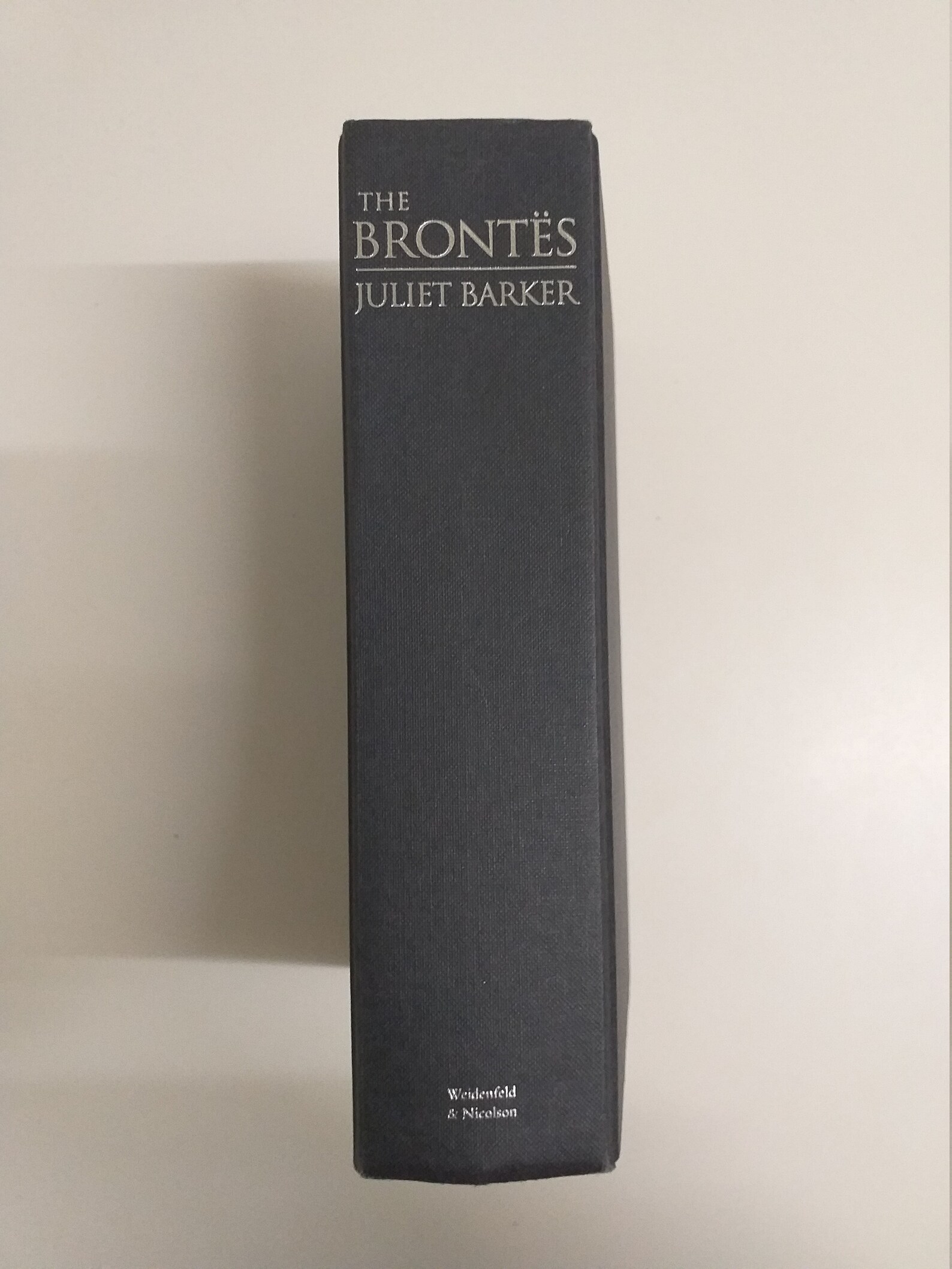

This frequently resulted in wet feet, an invitation to illness –especially consumption. The girls were cold in winter and, most damningly, expected to wear thin shoes and pattens on their walks. The dirty kitchen was responsible for the outbreak of typhus. There’s no question that the food was unpleasant, unhygienically prepared and inadequate. Still, the argument that ‘other schools were worse’ in terms of health and punishment is hardly an exoneration of Cowan Bridge. Children and adults were susceptible to fatal diseases the causes of which were not always understood pupils dying at school was therefore a depressingly common phenomenon and Cowan Bridge’s record was not too bad. Juliet Barker argues that Cowan Bridge was no worse than most schools of its time and in fact better than many. Motherless children and orphans became a fixture of the remaining sisters’ writing.


It was particularly hard, Juliet Barker writes, that Maria and Elizabeth were the eldest they were the ones who had led, whom the others had looked up to. The remaining children were of course deeply traumatised by what had happened. Patrick travelled to Silverdale the very next day to bring Emily and Charlotte home, and they never went back to Cowan Bridge. She was sent back to Haworth in the company of a servant. There was an outbreak of typhus at the school and on doctor’s advice the girls were sent to the seaside – except for Elizabeth. Even as the family was nursing Maria, Elizabeth was falling ill with consumption too. He came immediately and took her home, where she died in May. By December, poor little Maria was showing signs of consumption but the school did not inform her family it wasn’t until the middle of February, when she was seriously ill, that the school wrote to Patrick.

So Patrick escorted Maria and Elizabeth there on 21 July 1824 three weeks later, he brought Charlotte, and in November, Emily, who was only six. (Undated etching of Cowan Bridge, found here)Ī new ‘School for Clergymen’s Daughters’ was being opened at Cowan Bridge and seemed an answer to Patrick’s prayer: the fees were half those of comparable schools and its list of patrons included some of the most eminent people in the land. Unfortunately, it was expensive, and Patrick had other children to educate… On the recommendation of a couple of family friends, the two eldest daughters, Maria and Elizabeth, aged just nine and eight, were sent off to Crofton Hall. This meant falling back onto Plan B: school. At the end of my previous post about the family, Patrick Brontë had failed to find a second wife for himself and stepmother for his six children.


 0 kommentar(er)
0 kommentar(er)
